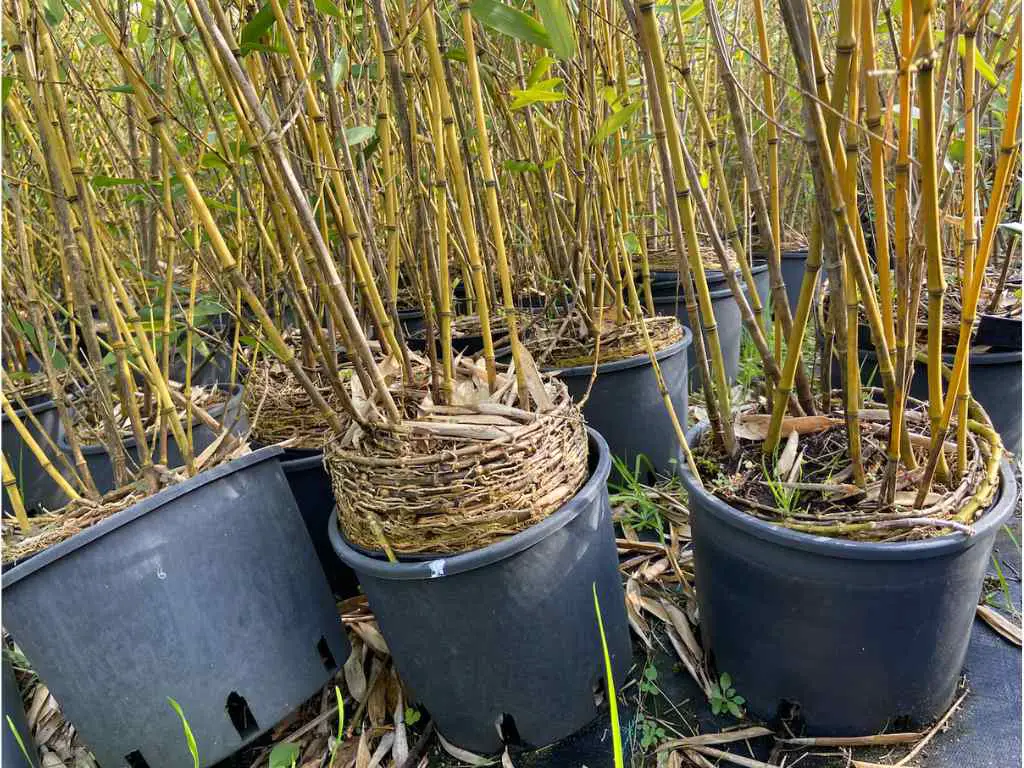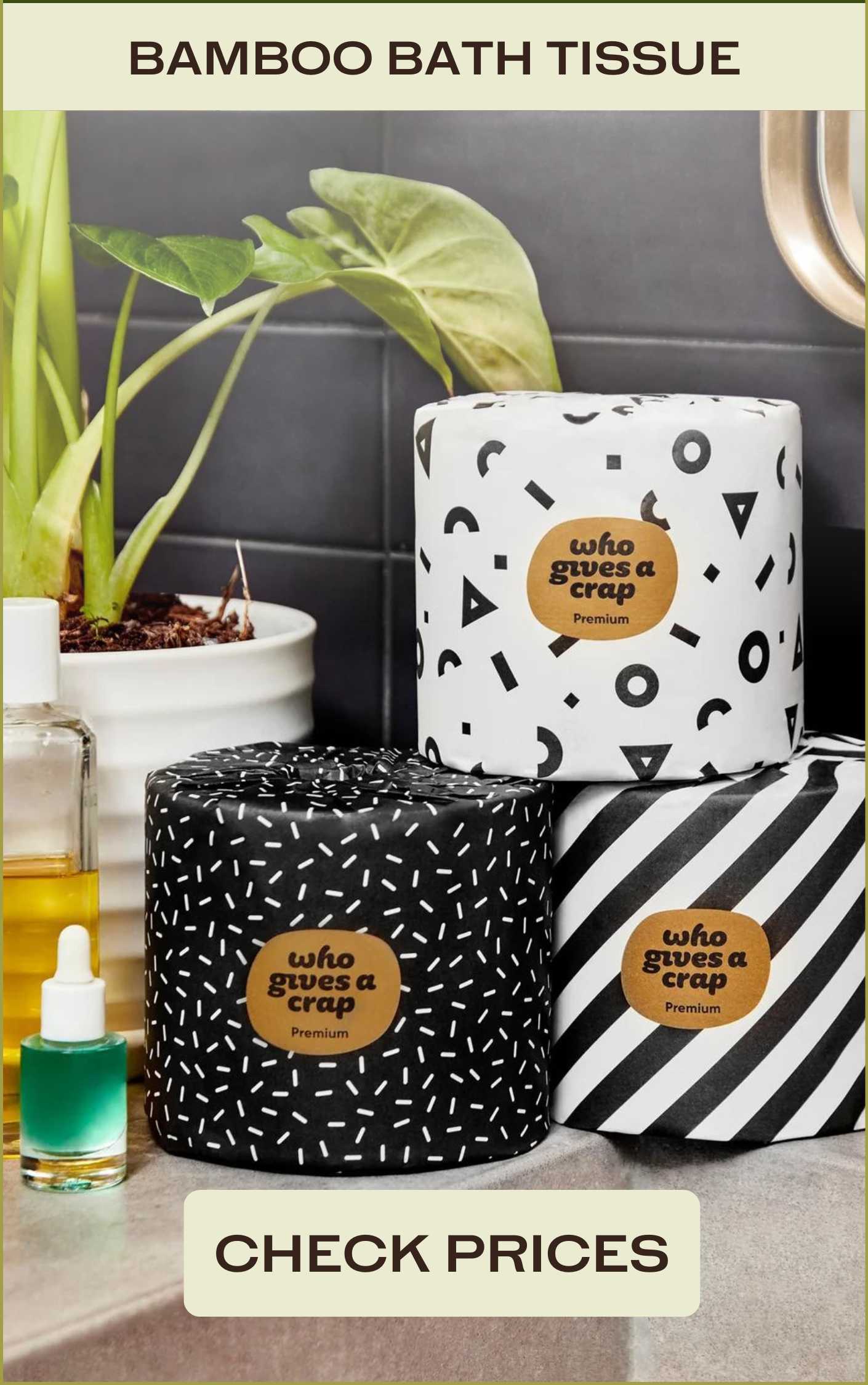Bamboo is one of the most remarkable living things on earth. But it’s got a bad rep in some circles. It seems that many gardeners fear bamboo’s tenacious growth habit. Where some find a blessing, others sense a menace.
Bamboo, in its thousands of incarnations, has a variety of characteristics, often impressive and sometimes intimidating. But more often than not, the problems associated with bamboo are probably the result of human error.
It’s not that nature is perfect and humans are flawed. Humans, after all, are just another branch on the family tree of the natural world. But humans do tend to try and bend nature to their own will. And if a species of bamboo has evolved and adapted to a certain environment over the course of millennia, it will likely resist humankind’s attempts at domestication.
It’s a principal tenet of Taoism, to go with the flow. As with gardening, woodworking, and the martial arts, it’s essential to follow the lines of nature. Harness the energy of the flowing river rather than try and resist the steady current. In terms of bamboo, that means understanding the plant and working with it rather than against it.
NOTE: This article first appeared in September 2019, last updated in January 2024.
What are the biggest mistakes people make when growing bamboo?
1. Running bamboo that runs amok
The greatest fear when it comes to bamboo are the vigorous rhizome roots characteristic of running varieties. Many species of bamboo have a complex root system that spreads aggressively underground, even while the plant above ground appears to be growing at a modest pace.
And if you’re not careful, that can be a problem. Too close to the property line and they might invade your neighbor’s lawn and garden. Too close to the irrigation lines and the bamboo could wreak havoc on your PVC pipes.
The real mistake in this scenario is in planting the wrong variety of bamboo, or not doing enough to restrain a fast-growing specimen.

Solution 1: If you’re working with limited space in your garden, it may be a better idea to find some good clumping bamboo (including members of the Bambusa and Fargesia genera). There are also many varieties of dwarf bamboo which are very attractive and easy to contain.
Solution 2: If you prefer a running bamboo species, for whatever reason, then you will need to find a way to contain it. One way is to keep the bamboo in a large pot. But this can also be problematic (see below). The most reliable system is to plant a good root barrier around your bamboo. We recommend the DeepRoot Bamboo Barrier, 30″ deep on a 100 ft roll, available from Amazon.
Either way, you’ll have to get down on your hands and knees once or twice a year to do some root pruning. And definitely take a look at our articles on Running Bamboo and Best Tips for Bamboo Containment.
2. Clumping bamboo that grows too slow
Out of fear of runaway rhizomes, many gardeners will avoid running bamboo altogether and plant only clumping varieties. The reasoning behind this is understandable, but it could lead to other unintended consequences.
Oftentimes people plant bamboo for a privacy hedge, so they need something fast-growing that will fill in quickly and provide solid coverage. To be overly cautious and plant clumping bamboo in this situation could result in a hedge that’s… well, clumpy. But when planted properly, a row of Bambusa multiplex can make a beautiful hedge.
Furthermore, clumping bamboo is generally more suited for tropical and subtropical climates. If you’re Florida, that’s fine. California is probably okay, too, as long as they get enough water. But if you live in the mountains, the Midwest or New England—anywhere that gets a good freeze—you could run into problems. (See our article on Clumpers for cold climates.)
Solution: Find a bamboo that meets your needs and suits your climate (see below). If it’s a running bamboo that’s going to look the best, thrive in your climate and fill your space, then plant the running bamboo. Some of the most attractive and impressive bamboos are runners, after all. Just be mindful of our Best Tips for Bamboo Containment.
3. Bamboo languishing indoors
A lot of people want to grow bamboo indoors. Maybe they want it in their office, or perhaps they live in a small home or apartment with little or no outdoor garden space. Indeed, some nice indoors plants can work wonders for your Feng Shui.
But remember, bamboo belongs to the grass family, and grass prefers to live outside, in the wind and the rain and the sun. In an indoor setting, the vast majority of bamboo species will wither and languish.
Solution: There are a few strains of bamboo that can survive indoors, usually dwarf varieties. Buddha’s Belly is one that looks great in a small pot that can stay inside. In any case, you will not want to leave the bamboo indoors all year round. Better to have 3 or 4 indoor candidates and bring them inside for a few months at a time on a rotating schedule. Check our article out Growing bamboo indoors to learn more.
Note: Don’t mistake true bamboo with “lucky bamboo”, which is actually a type of Dracaena that grows perfectly well indoors in nothing but a glass of water.
4. Bamboo drowning in water
Hoping to add a little Asian flourish to their koi pond, some landscapers will place pots of bamboo in the water alongside the papyrus, horsetail and other reed grass. Unfortunately, however, no bamboo can survive in this condition.
Even so-called “water bamboo“, also known as “solid stem bamboo”, needs some drainage and cannot be submerged in water for more than about five consecutive days. Planting this type of bamboo in a pond or a marsh would be a real mistake.

Solution: If you want bamboo near your pond, plant some close by in an area where the soil is not saturated. If you want to grow bamboo near a river bank or some place where the water level rises and falls, plant the bamboo on higher, dryer ground. Let the bamboo spread naturally, and the roots will stop where the soil is too wet.
5. Bamboo choking in a pot
To prevent aggressive rhizome roots from permeating the entire yard, a lot of gardeners will keep their bamboo in pots. It’s a pretty good strategy actually, so long as the roots don’t worm their way through a drainage hole and make it into the ground. But it’s not a fool-proof solution.
Any plant with vigorous roots will get root bound if it stays in the same pot for too long. In addition to generally suffering from unhappy roots, it is also very difficult to water bamboo that is completely root bound. Instead the water will often just roll off the surface without penetrating the soil.

Solution 1: To stop roots from spreading out of the drain holes and into the earth, simply place a good, flat stepping stone under each pot. Or just set the pots on a solid wood or concrete patio surface.
Solution 2: Before the plant gets root bound, remove the bamboo from the pot and divide the rootball into 3 or 4 units. Keep the soil wet while you’re transplanting and root pruning. The extra specimens can be replanted with fresh soil. Spread them around the garden, give them as gifts, or offer them at your next garage sale.
6. Bamboo in the wrong climate
With something like 2,000 species and cultivars of bamboo to choose from, it can be easy to plant the wrong type in your garden. For one thing, people always seem to want clumping bamboo, and most clumping bamboos are native to the tropics and subtropics. That’s why most of the bamboos you find in a nursery tend to be runners. The runners are generally more suited for temperate climates.
There are many varieties of bamboo that can weather hard freezes and snow. But most bamboos, especially the clumpers, prefer not to freeze. So don’t plant the wrong kind of bamboo by mistake.
If you live in the American Southeast, you probably get plenty of water and plenty of heat. But if you live in the Southwest, you may find it too dry for many of the subtropical species. They will probably require very regular irrigation.
Solution: If you live in place that snows and freezes, you should check out our list of Cold Hardy Bamboos. You’ll find many great varieties to choose from. If you live in a hot and dry climate, you’ll probably just need to water your bamboo 2 or 3 times a week. Maybe every day at the height of summer. But you can also look for cultivars that don’t need so much water.
Conclusions
Growing bamboo isn’t rocket science. Just don’t let those raging rhizomes sprawl across your garden like the stars of the Milky Way. By following the advice above, the most common bamboo gardening mistakes can be easily avoided, and you can enjoy a stellar landscape.
To learn more, check out our Complete Guide to Growing Bamboo and 12 Common Questions about Bamboo.





















Hi. My plant has grown very tall 3x the size I bought It. My problem is everyone I know that have one has kept it in water and the same container. I did also. Water started smelling roots were tight and brown. Put n bigger pot but leaves still dieing what to do?
If you’ve been growing it in water, then we’re talking about “Lucky Bamboo“, which not truly bamboo. Try trimming the roots and replacing the water once a week. Bottled mineral water might be better than tap water.